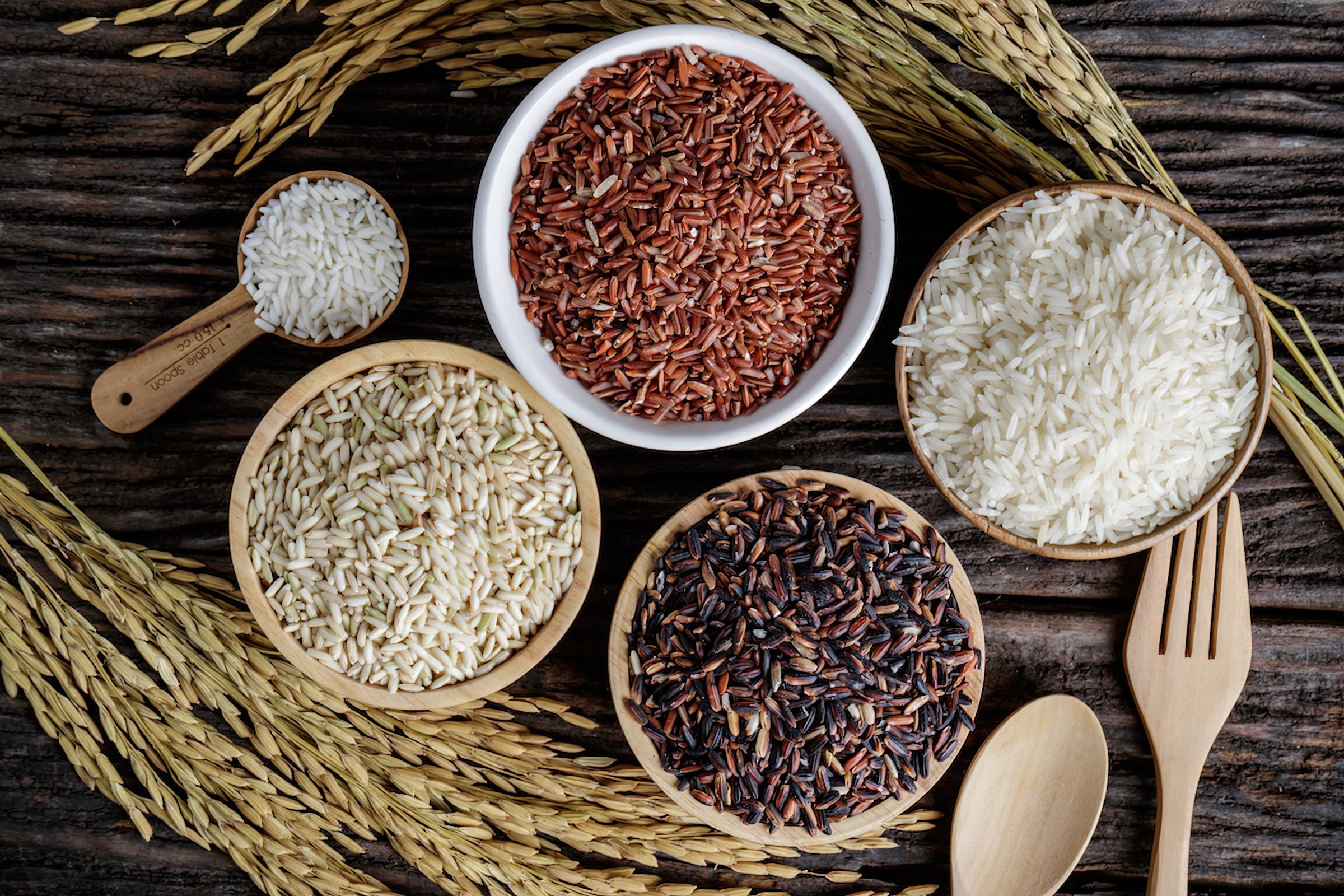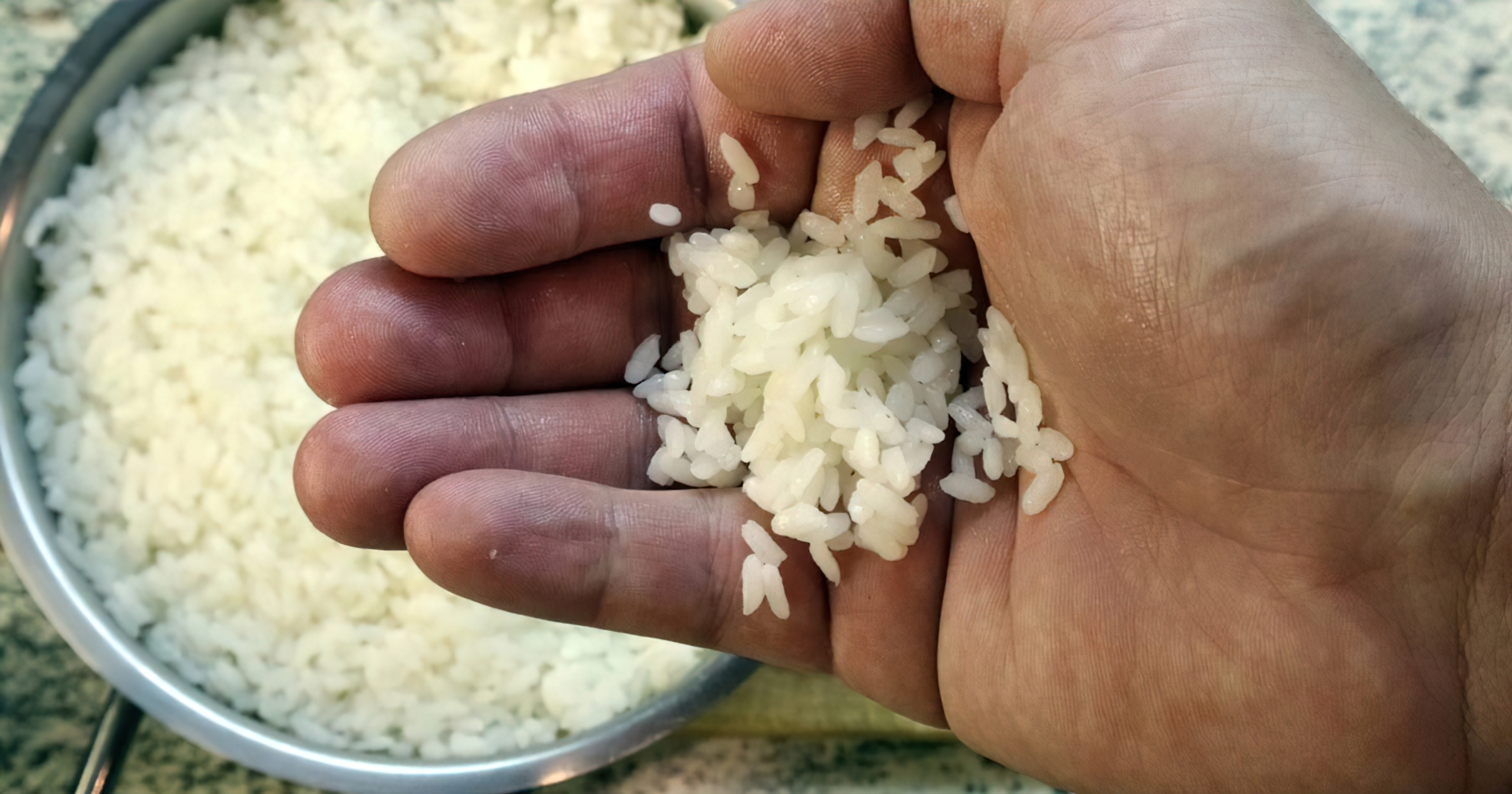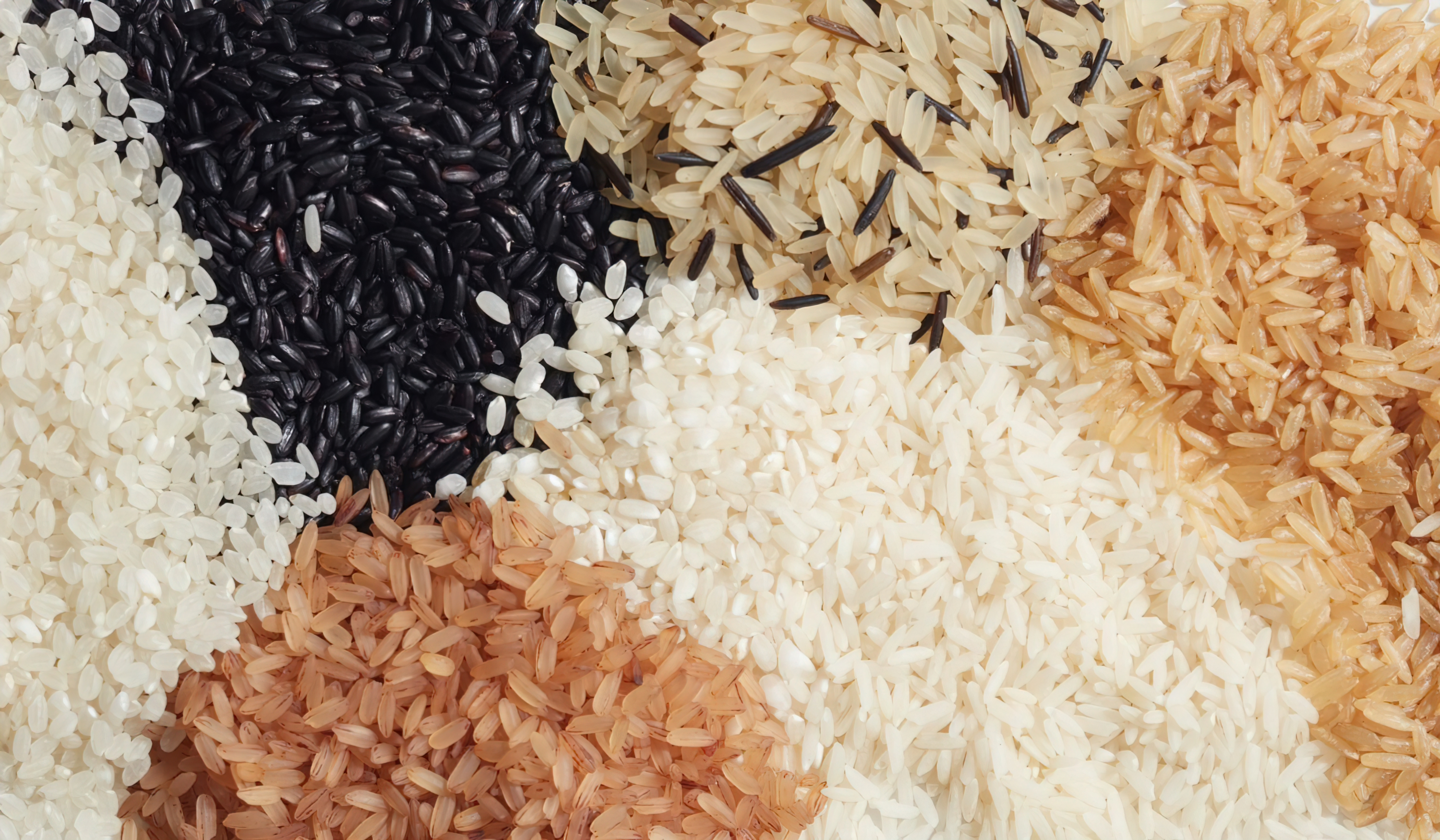Rice is a staple food for more than half of the world’s population, offering versatility, affordability, and deliciousness. With numerous varieties to choose from, it’s essential to understand their differences and the best cooking methods for each type. In this guide, we explore the world of rice, sharing insights into popular varieties and tips for cooking them to perfection.
-
Content
Understanding Rice Varieties

There are thousands of rice varieties, but they generally fall into three categories: long-grain, medium-grain, and short-grain. Each type has distinct characteristics that influence its texture and flavor, making them better suited for specific dishes.
- Long-grain rice: Slender and elongated, long-grain rice cooks up light and fluffy, with separate grains. It’s ideal for dishes like pilafs, stir-fries, and side dishes.
- Medium-grain rice: Slightly shorter and plumper than long-grain rice, medium-grain rice is more tender and sticky when cooked. It works well in dishes like risotto, paella, and rice pudding.
- Short-grain rice: With a round and plump shape, short-grain rice is soft, chewy, and sticky when cooked. It’s perfect for sushi, rice balls, and sticky rice desserts.
-
Popular Rice Varieties and Their Uses
- Basmati: A long-grain rice with a delicate flavor and aroma, Basmati is commonly used in Indian and Middle Eastern cuisine. It’s perfect for biryani, pilafs, and curries.
- Jasmine: An aromatic long-grain rice from Thailand, Jasmine rice is soft and slightly sticky. It pairs well with Asian dishes like stir-fries, curries, and coconut rice.
- Arborio: A medium-grain Italian rice, Arborio has a high starch content that creates a creamy texture when cooked. It’s the go-to choice for risotto and rice pudding.
- Sushi rice: A short-grain Japanese rice, sushi rice is sticky and holds its shape well, making it perfect for sushi rolls and rice balls.
- Brown rice: A whole grain option, brown rice retains its bran and germ layers, offering a nutty flavor and chewy texture. It’s a healthier alternative for any rice dish.
-
Cooking Tips for Perfect Rice

- Rinse before cooking: Rinsing rice under cold water removes excess starch, preventing clumpiness and stickiness.
- Use the right water-to-rice ratio: Follow the package instructions or use a general rule of thumb: 2 cups of water for every cup of long-grain rice, 1.5 cups of water for medium-grain rice, and 1.25 cups of water for short-grain rice.
- Consider the cooking method: Different rice varieties may require different cooking methods, such as boiling, steaming, or using a rice cooker. Check package directions for the best results.
- Let it rest: After cooking, remove the rice from heat and let it sit, covered, for 5-10 minutes to absorb any remaining moisture and develop the perfect texture.
-
Tips for Storing Rice
Proper storage is essential to maintain the freshness and quality of your rice. Follow these simple guidelines to keep your rice in top condition:
- Keep it cool and dry: Store rice in a cool, dry, and dark place, preferably in a sealed container. This helps prevent moisture, pests, and sunlight from affecting the rice’s quality.
- Use airtight containers: Storing rice in airtight containers or resealable plastic bags can help keep it fresh and protect it from contaminants and pests.
- Rotate your stock: Practice the “first in, first out” rule by using the oldest rice in your pantry first and replacing it with new purchases.
- Consider refrigeration for cooked rice: Cooked rice should be cooled, covered, and stored in the refrigerator within two hours of cooking. It will last for 3-5 days when stored properly.
-
Experiment with Rice Dishes

Don’t be afraid to experiment with different rice varieties and recipes. Here are some ideas to inspire your culinary creativity:
- Stuffed vegetables: Use cooked rice as a filling for bell peppers, tomatoes, or zucchini, mixed with your favorite ingredients and seasonings.
- Rice salads: Combine cold cooked rice with fresh vegetables, herbs, and a tangy dressing for a refreshing and healthy meal.
- Rice bowls: Top steamed rice with a variety of proteins, vegetables, and sauces for a customizable and satisfying meal.
- Rice-based soups: Add rice to soups like chicken and rice, gumbo, or a comforting congee.
- Rice desserts: Try making rice puddings, rice cakes, or sweet sticky rice dishes for a delicious and unique treat.
Conclusion: Discover the World of Rice
By understanding the different types of rice and their best cooking methods, you can elevate your culinary skills and create delicious, diverse dishes. Don’t be afraid to experiment with new rice varieties and recipes – the possibilities are endless. Happy cooking!


